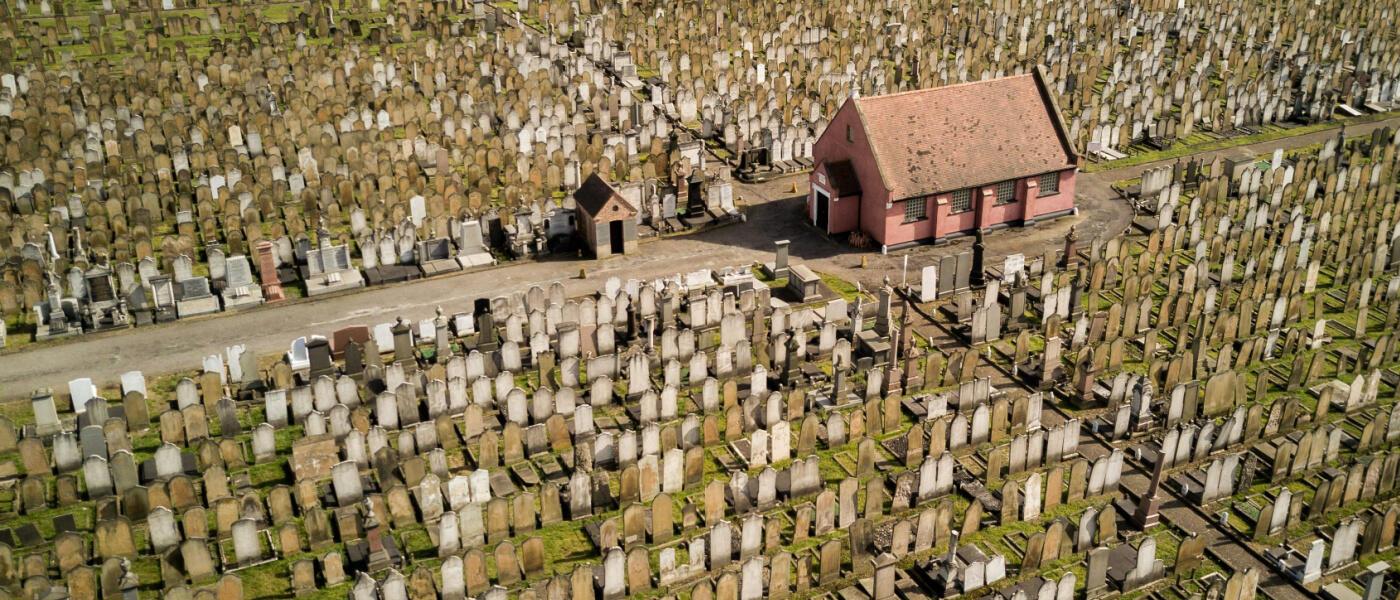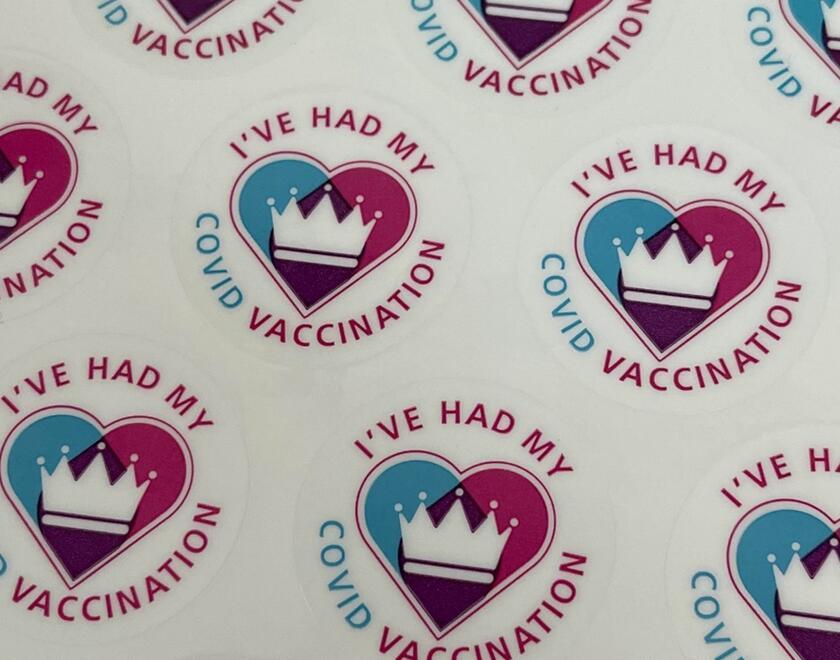A new look at Jewish mortality over the first year of the pandemic
Dr Daniel Staetsky Brigitta Horup Dr Carli Lessof
The COVID-19 pandemic hit the British Jewish community hard. According to data gathered by JPR in July 2020, 25% of British Jews had already contracted the virus by that time and Jewish mortality rates in London in April 2020 – the peak of the first wave – were almost three times as high as usual. In Manchester, the picture was even worse.
Building on our previous studies on this topic, this paper looks at Jewish mortality over the first year of the pandemic, taking in both the first wave (March to May 2020) and the second wave (December 2020 to February 2021).
Whilst it confirms that excess mortality among Jews during the first wave was considerably higher than among comparative non-Jews (280% higher compared to 188%), it reveals that the second wave saw the opposite picture: 69% higher than expected levels of mortality for that period among Jews, compared to 77% among the non-Jewish comparative group. This second wave picture is exactly what one might expect to see given that Jews typically enjoy relatively good health and longevity, so it forces us to ask again: what happened during the first wave to cause such devastation across the Jewish community?
Whilst not yet definitive about their conclusions, the authors point towards the ‘religious sociability’ hypothesis – that notion that close interaction between Jews, prior to the first lockdown, caused the devastating spike in Jewish deaths early on. The paper also demonstrates that the ‘Jewish penalty’ at this time was greater among Orthodox Jews than Progressive ones which further strengthens the hypothesis, as much higher proportions of Orthodox Jews gather regularly for religious reasons than Progressive Jews (even though Progressive Jews do so more regularly than British society as a whole).
The fact that the picture of extremely high excess mortality among British Jews was not repeated during the second wave (on the contrary, excess mortality among Jews was very slightly lower than among the comparator non-Jewish population, and slightly higher among Progressive Jews than Orthodox ones), suggests that the religious sociability theory was no longer a major factor at this time. With many synagogues closed or complying closely with the social distancing policies established by government, Jews were affected by coronavirus in much the same way as others.
The findings in this paper should be taken seriously by at least two key groups. Epidemiologists and public health experts should explore the impact of religious sociability more carefully, as currently, socioeconomic factors tend to dominate analysis. And Jewish community leaders must also reflect on the findings and, in the event of a similar pandemic in the future, consider instituting protective measures much more quickly than occurred in early 2020.
Our reports are free to download
However, they are not free to produce, and as a registered charity, JPR relies on the generosity of donors to undertake its work. Please consider making a donation to help cover the costs of this particular report or to support JPR’s work more generally.
Donate hereDr Daniel Staetsky
Senior Research Fellow and Director of JPR's European Demography Unit
Dr Daniel Staetsky
Senior Research Fellow and Director of JPR's European Demography Unit
Daniel holds a PhD in Social Statistics and Demography from the University of Southampton and a Master’s degree in Population Studies from the Hebrew University...
Read moreBrigitta Horup
Brigitta Horup
Previously a JPR Research Fellow, Brigitta has an MA in Contemporary History and Politics from Birkbeck and an MA in Holocaust Studies from Royal Holloway...
Read moreDr Carli Lessof
Senior Research Fellow
Dr Carli Lessof
Senior Research Fellow
Carli is a Senior Research Fellow at JPR, responsible for JPR’s community statistics programme, online research panel, and monitoring and evaluation. She completed her PhD...
Read more



